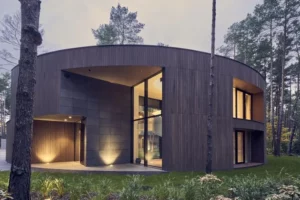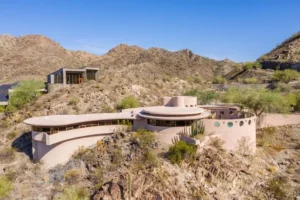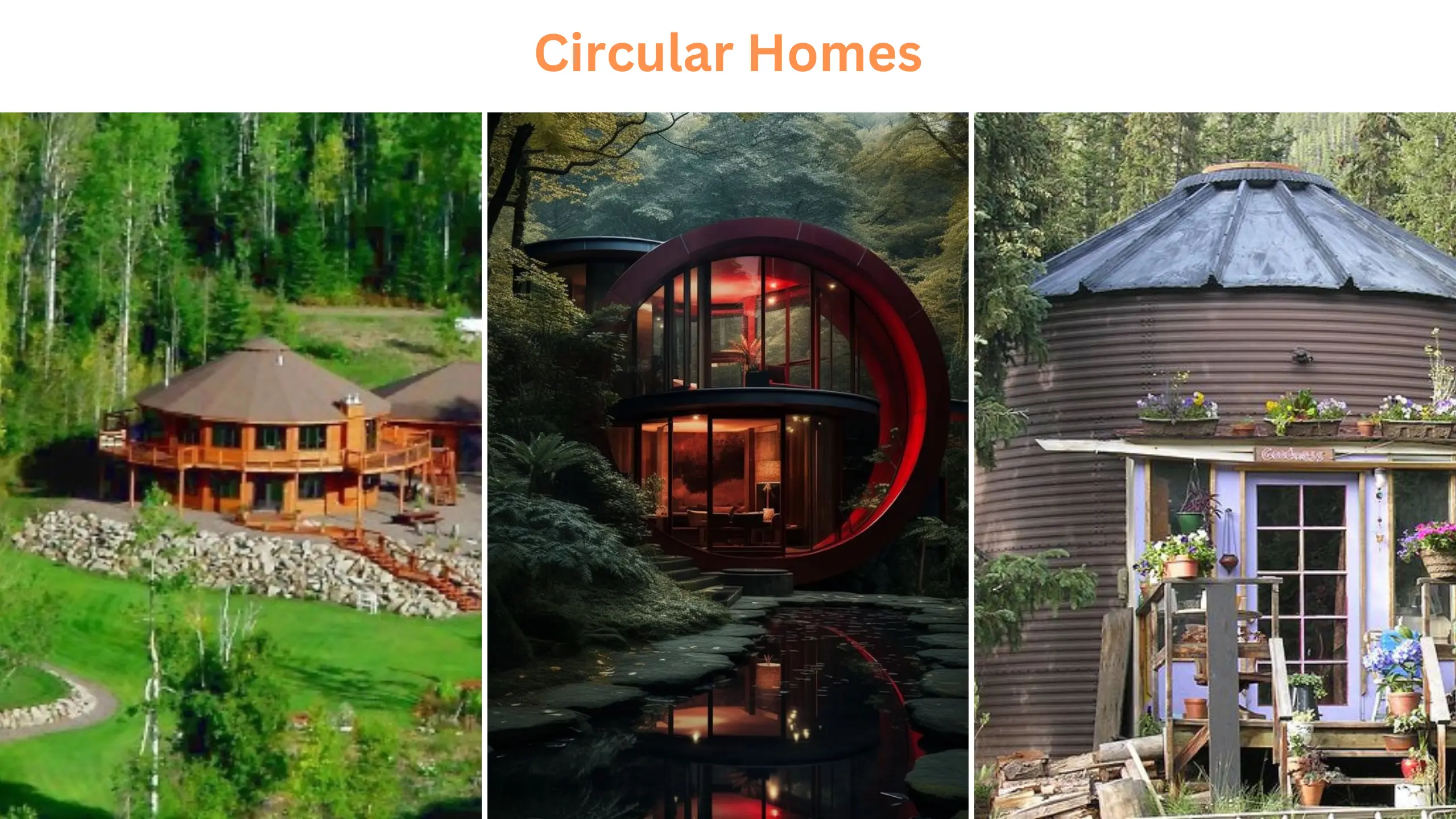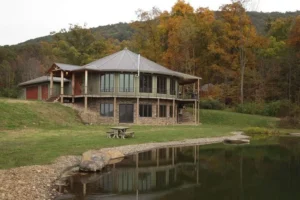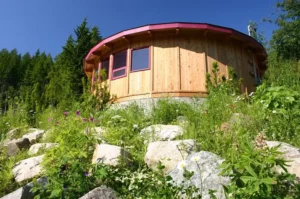Circular homes have been around for a really long time since way back in the Bronze Age, which was about 3300 BC. These homes were tough and could handle bad weather and strong winds better than other shapes.
Plus, they were easier to keep warm in cold weather. Because they were round, builders didn’t need as many materials to make them. At first, they were small, but as more people lived together in settlements, they got bigger.
Let’s take a look at some circular homes from different parts of the world.
What is a Circular Homes Called?
A Circular homes is also called a rotunda, which comes from a Latin word meaning round. Long ago, people in the Bronze Age built circular homes called roundhouses.
There are also other kinds of traditional circular homes, like Mongolian yurts and North American teepees, but these were made to be easy to move around. Igloos and round mud huts are some other examples of traditional Circular homes.
Can you Live in a Circular Homes?
1: Sky Vessel Circular Homes
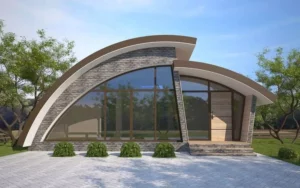
- Location: Fukuoka, Japan
This house, made by a Japanese company called NKS2 Architects, is like a modern version of the Tulou Homes. But instead of protecting people from enemies, it helps them stay away from noise and other bothersome things in a crowded area. All the windows are on the inside and look out into a central garden, giving lots of privacy.
2: Tulou Circular Homes
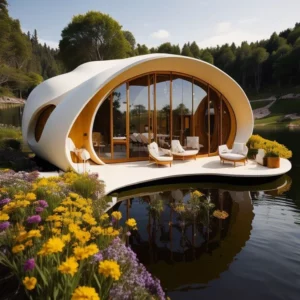
- Location: Fujian, China
Tulou homes were built long ago, from the 15th to the 20th centuries. They were like fortresses, made of strong earth walls facing inwards. Each home was big enough for a whole family or even a whole clan. People called them “a little kingdom for the family” or “a busy small city.
